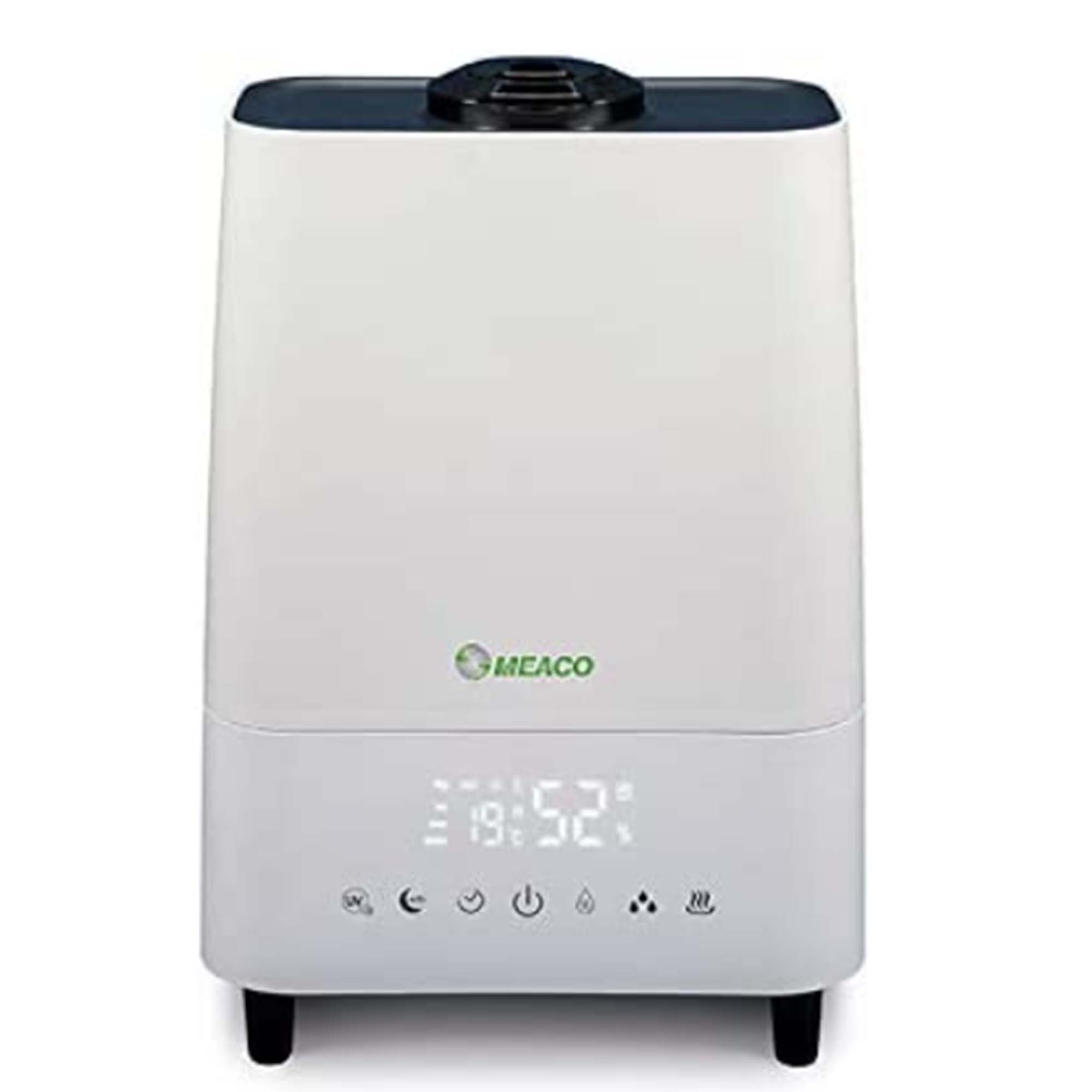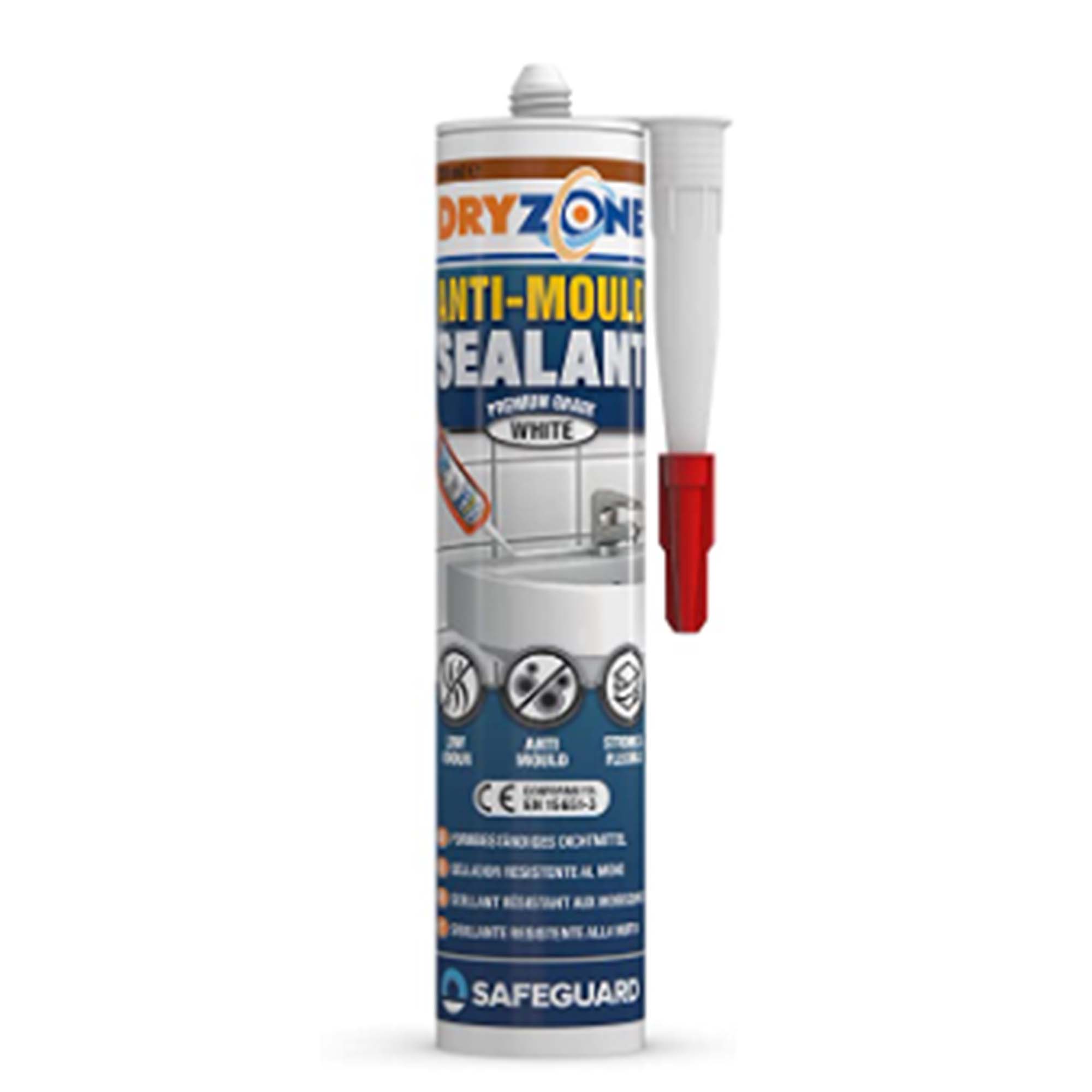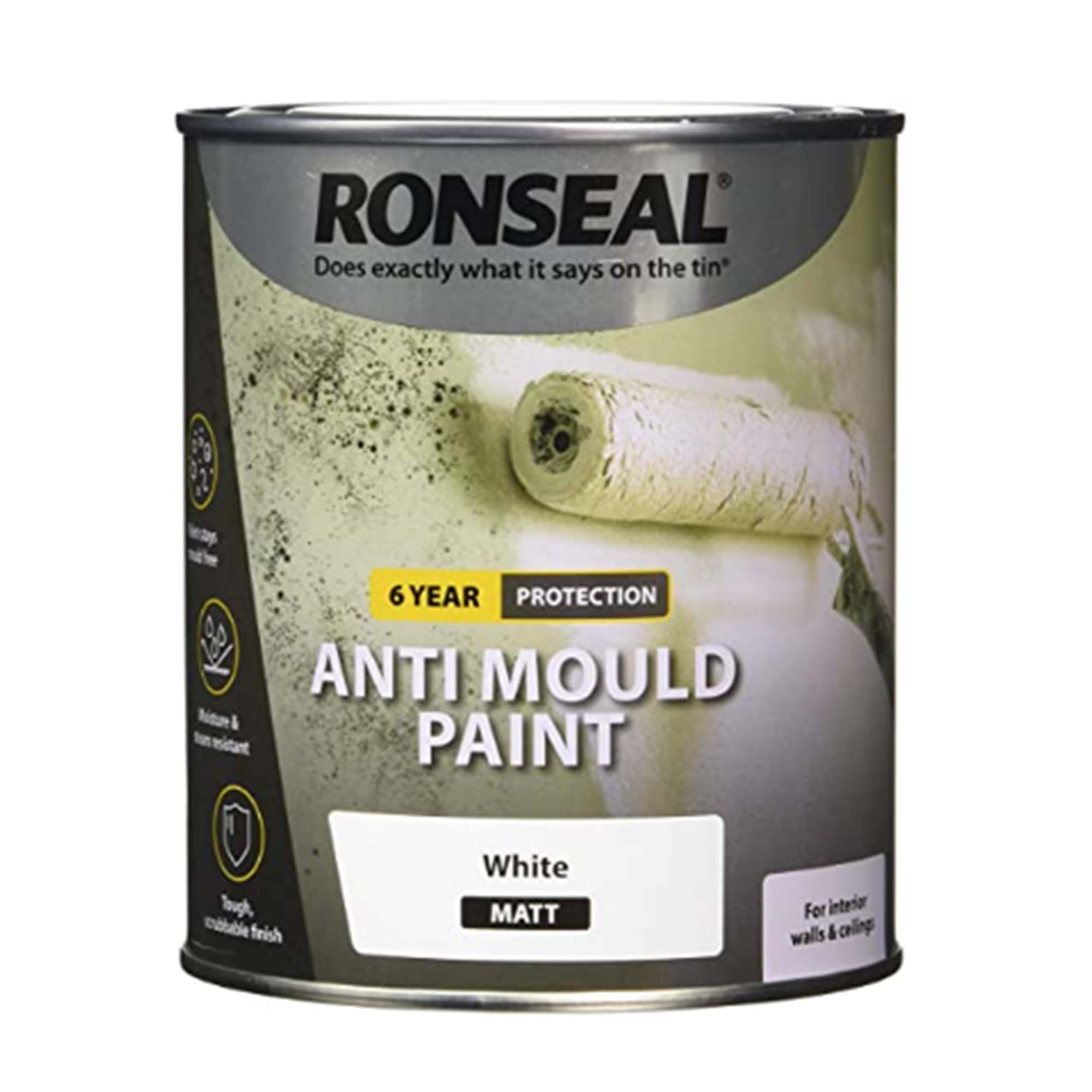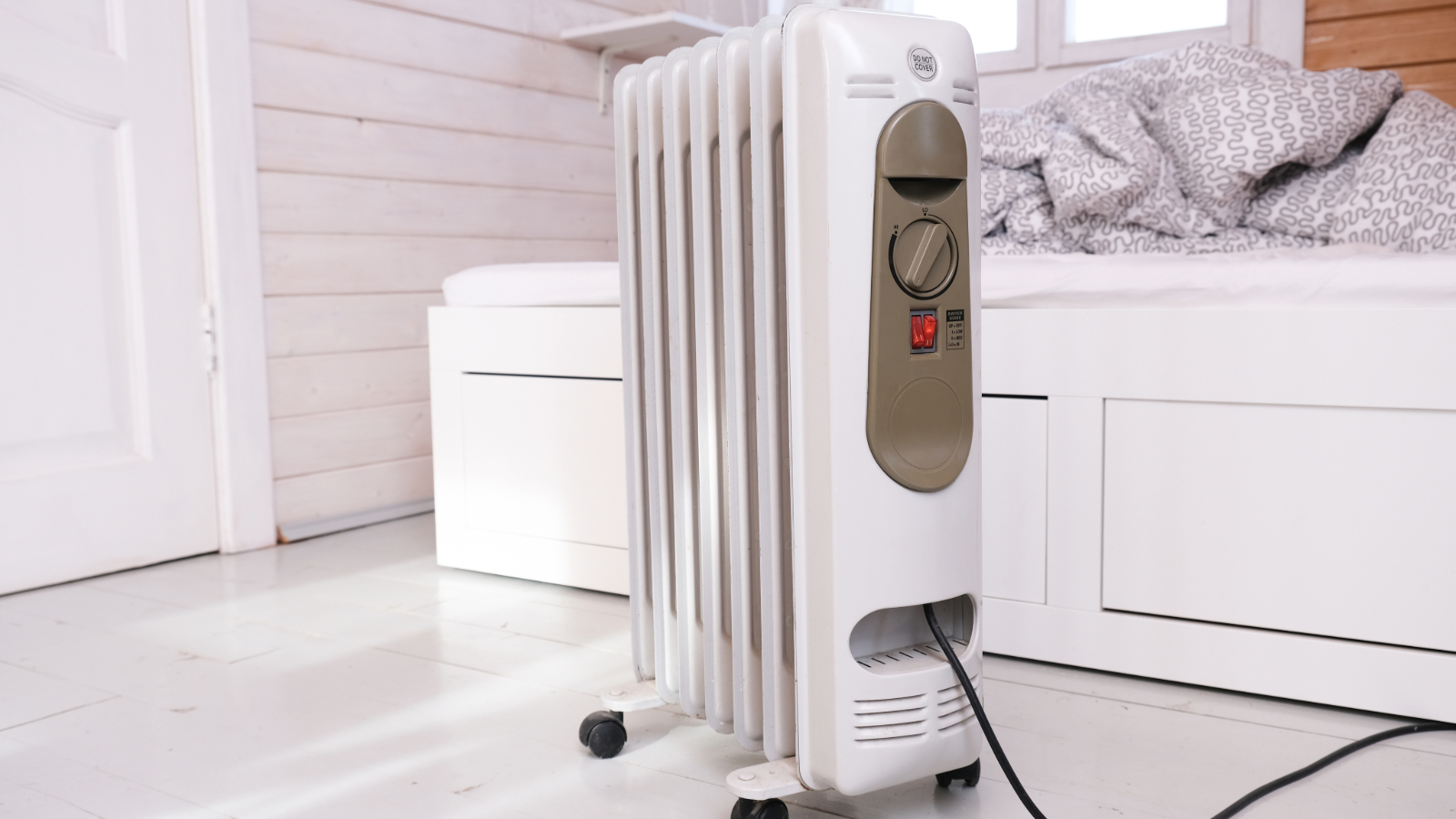How to solve mould in bathrooms and get rid of it for good
Mould in bathrooms isn't just unsightly — it can cause negative health impacts. Find out the causes, how to clean it off and how to prevent it from returning
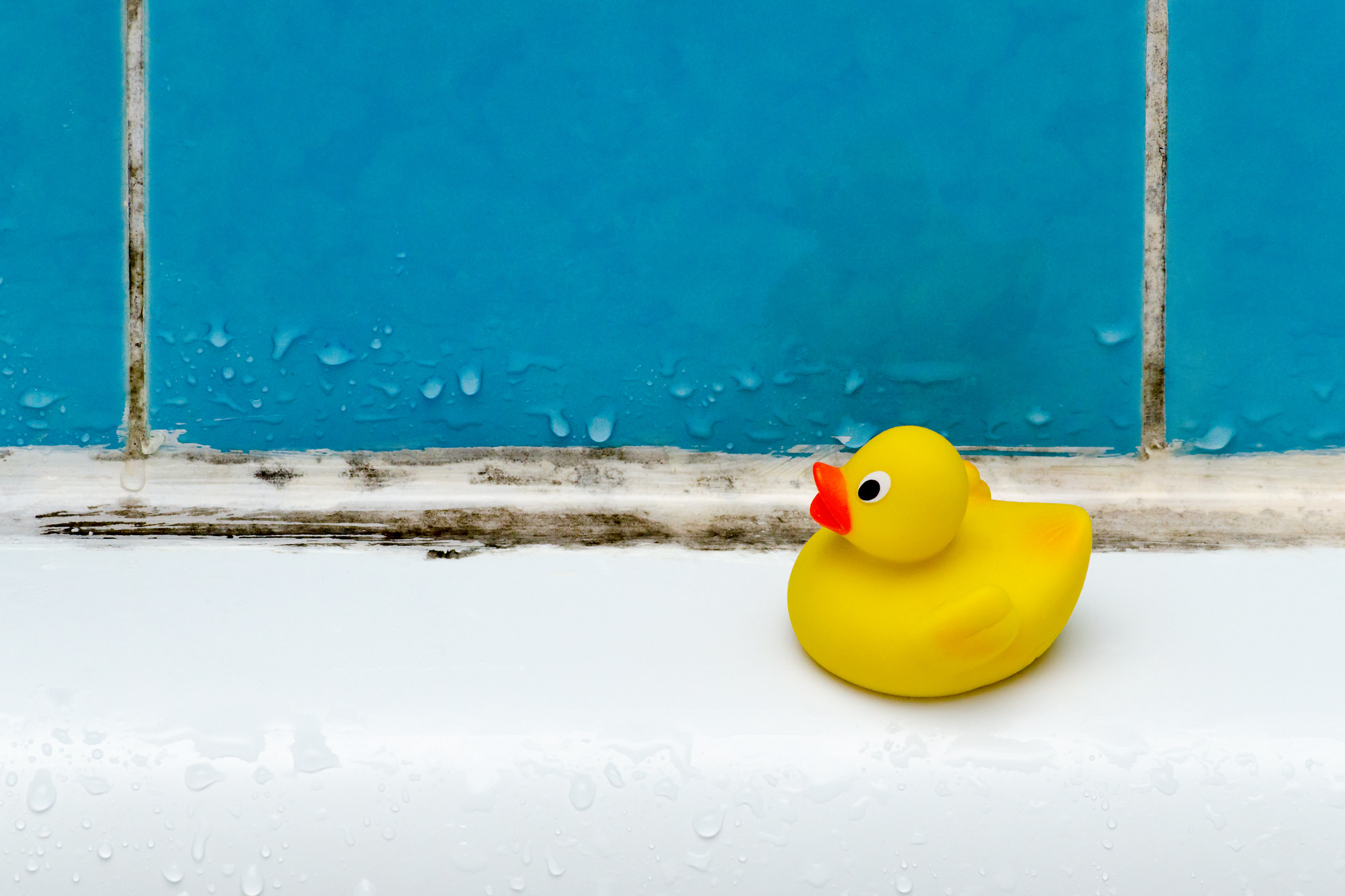
Mould in bathrooms is unpleasant at best, and can be a serious health hazard at worst.
Mould is never a welcome house guest, and black mould in bathrooms as a result of window condensation, poor ventilation or leaks has gained notoriety in recent years as a problem that is better addressed immediately.
And as Brits face the prospect of a winter where the cost of living crisis means some will struggle to adequately heat or ventilate their homes, it’s vital to understand the root causes of the problem in order to stop it forming in the first place as well as to adequately address any existing problem. Here, we reveal the causes and solutions.
What does mould in bathrooms look like?
Signs of mould are black, brown or grey patches usually in damp areas like window frames or in the corners of the room where damp collects more easily. Some spores can be flecked and patchy with a soft-looking texture, but black mould will be a slimier texture. An example can be seen in the image below, which is likely to be black mould.
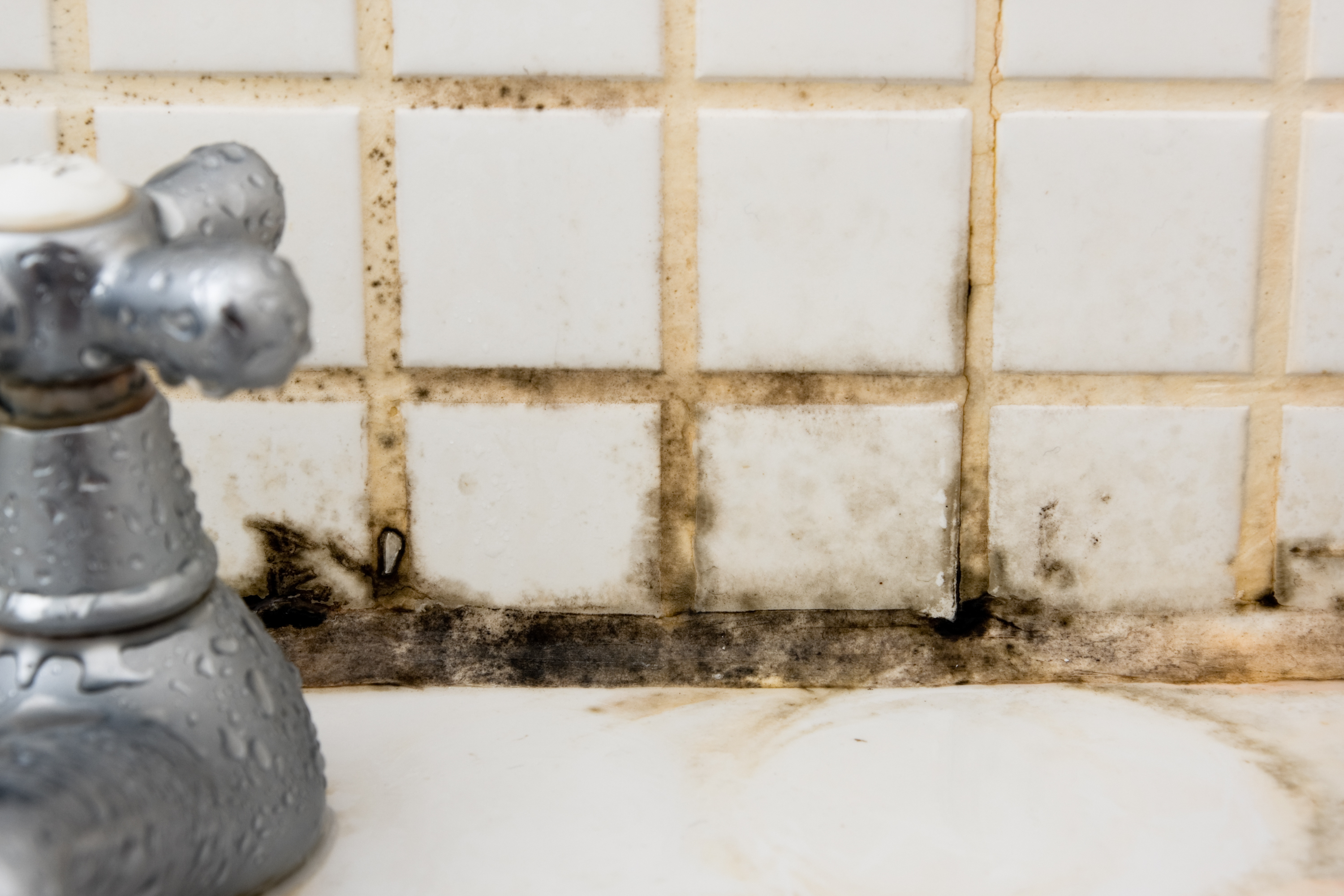
Is mould in the bathroom harmful?
Nobody relishes the sight of mould spores blooming in their bathrooms, but while some types of mould are simply unsightly, others are a serious health concern.
"If there is damp and mould in the home, it’s also likely to contribute towards respiratory problems, respiratory infections, allergies or asthma. Damp and mould can affect the immune system, especially for the young and old," begins Chris Michael, Managing Director of dehumidifier company Meaco.
"Inhaling mould fragments or spores can inflame the airways, cause chest tightness, throat irritation, or allergic reactions such as skin rashes," adds Heather Barrigan, cleaning expert at MyJobQuote.co.uk. "Mould is particularly problematic for asthma sufferers, who could have an asthma attack if they are exposed to high levels of mould."
Bring your dream home to life with expert advice, how to guides and design inspiration. Sign up for our newsletter and get two free tickets to a Homebuilding & Renovating Show near you.
Furthermore, a survey conducted by B&Q in November 2021 found that while a third (32%) of UK homeowners have some form of mould, damp or condensation in their house, one in five UK adults didn’t know that mould can negatively affect their health.
Why is my bathroom getting mould?
Research by roof window specialist VELUX, as part of its Healthy Homes Barometer, reveals that over a third of people have seen signs of mould in their house.
"Damp and mould are more likely to be found in buildings that are overcrowded, lacking in appropriate heating and with poor ventilation," says VELUX public affairs spokesman Neil Freshwater. "Climate also plays a role and countries that experience larger amounts of annual rainfall, such as parts of the UK, have been found to have a greater risk of damp and mould.
“Ventilation is a simple and cost-effective way to help safeguard indoor spaces against mould and airborne viruses, yet it is clear change is needed as 1 in 4 people agree they have poor ventilation in their house.”
When addressing your mould problem, it’s important to look at how and where the mould is appearing, too: is it appearing on an external-facing wall, and could the problem be caused by damp? Even something as simple as a leaking gutter or downpipe, for instance, can over time create penetrating damp. As such, it pays to inspect exterior walls to identify any problems.
Internal leaks can also be the culprit as chartered surveyor Ian Rock explains: "Bathrooms have multiple weak points that over time can wreak havoc. For example mastic seals around the edges of baths and showers are prime candidates for allowing water to seep through, and shower trays are notorious for springing leaks.
"Hairline cracks in the grouting to bathroom wall tiles combined with ‘power showers’ are another classic recipe for damp. And that’s before you consider the hidden horrors of DIY pipework where small leaks can remain hidden over time until timber decay has taken hold resulting in suspiciously soft and springy floors."
Some types of bathroom mould crop up in places other than the walls or ceiling. It’s common to spot splotches of mould on bathroom tiles, sinks, bathtubs, and on grouting, some of which could be a result of not using mould-resistant silicone.
Can bathroom condensation cause mould?
“A bathroom shower used in colder months creates the perfect conditions for mould," begins Chris Michael of Meaco. "Mould grows where there is a high moisture content in the presence of organic material and a high relative humidity in the room.
"Cold weather reduces the surface temperature of the ceiling which means more condensation when the warm, moist, air from the shower hits the ceiling. Add all of these factors together and you have mould. If the shower is used several times per day the potential for rapid mould growth is high.”
He adds: “The first symptoms of excess moisture in the air is condensation on the windows or water pooling on window sills.
"Simply turning up the heating in the winter will not get rid of condensation. A damp house means damp air, and raising the heating thermostat will only heat up the wet air molecules."
Finding out how to stop condensation is key to preventing mould growth in this instance.
How do I remove mould in the bathroom?
Mould spray products like this HB remover and cleaner from Amazon are a quick and relatively inexpensive way to kill mould spores and tackle the immediate problem of bathroom mould, and dehumidifiers can be a handy interim measure.
Always use rubber gloves and ensure the bathroom is ventilated when spraying mould remover.
More serious damp and mould problems may require a professional cleaning. Zac Hemming, co-founder and CEO of ICE Cleaning, suggests: “If you do find mould, it's important to address it as soon as possible. Black mould can be dangerous to your health, so it's not something you want to leave behind.
"Removing mould from walls safely may require you to contact a professional mould cleaning company. While it may be tempting to tackle the issue yourself, a professional team of experts will be able to effectively tackle the issue without putting others at harm.”
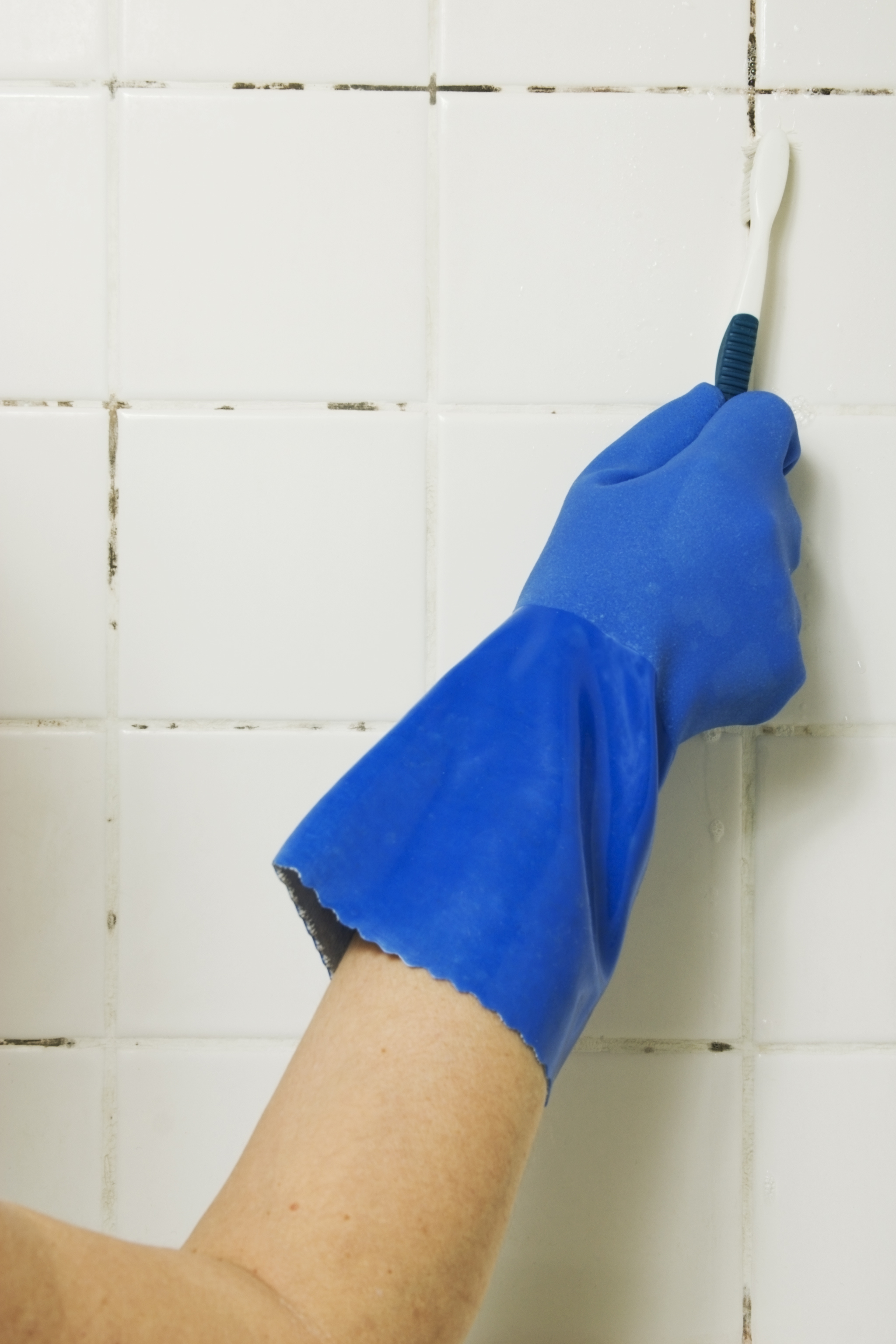
How do I permanently stop mould in bathrooms from returning?
From both a health perspective and an aesthetic one, it’s vital to fix the cause of the problem rather than just treat the symptoms when permanently stopping mould in a bathroom. "To keep your bathroom looking good and stop potential health hazards in their tracks, you’ll need to find a permanent fix to the mould problem," agrees Meaco's Chris Michael.
Here are five ways to stop mould returning — often the solution lies in a combination of the below:
1. Use a dehumidifier to get reduce humid environments
Understandably, many Brits will be concerned with how to reduce humidity in a house but dehumidifiers can be a cost-effective way of addressing the issue. “The only way to fully remove moisture without opening windows is to use a dehumidifier, and there are ways to manage this extra cost," says Chris Michael says.
"Dehumidifiers reduce the level of humidity by sucking in air from the room, removing the moisture, and then blowing the warm, dry air it back out into the room again. This can help to remove the ‘damp chill’ factor in the air, so the central heating could run at a lower temperature or even be switched off.
"Using a dehumidifier with a HEPA filter will mean that it will be doubling up as an air purifier, removing any airborne mould spores, making the air healthier as well as dry.”
2. Explore potential damp issues
Energy efficiency expert Tim Pullen advises: "Mould is the result of moisture on the wall of a warm room. The moisture is there because of either condensation – warm, moist air condensing on a cold, uninsulated wall – or damp penetration from the outside.
"Check first for possible causes of damp penetration – cracked or missing roof tiles, overflowing gutters, cracked downpipes, poor pointing, failed damp-proof course, for instance – and fix any problems found. But don’t limit the search to the area around the black mould. Water can penetrate from further afield and travel to an easy exit point."
3. Ensure your bathroom has an working extractor fan
A good bathroom extractor fan can be another key weapon in the fight against mould, but you need to ensure it’s fit for purpose.
The best bathroom extractor fans lower the humidity of the room, and typically ducted to an exterior wall.
4. Paint using mould-resistant paint
Bathroom mould can also be exacerbated by using the wrong type of paint on the bathroom walls. Painting over mould with suitable paint can be hugely helpful — be sure to paint walls as well as ceilings with a suitable bathroom, mould-resistant paint.
Mould-and-mildew-resistant paint is designed for damp conditions, such as Johnstone's bathroom paint from Amazon.
5. Re-seal your bathroom
If the issue is more localised, re-sealing a bath or shower with mould-resistant sealant can help, but if you’re inexperienced, it’s worth calling in the experts if you don’t want the problem to return.
Rachel Rigby started working as a financial journalist in 2000 and has used her financial experience to number-crunch for articles on DIY and housing. She has renovated three houses, including overseeing building an extension as well as a complete rewire. She enjoys doing a little DIY herself, although to varying success. Before this, she spent 12 years at Mergermarket before working in public relations, as well as stints at CTFN News as their UK and European correspondent, covering event driven investment topics with a focus on European commission competition rulings. Rachel has been a guest on CNBC and CNN and also written for Financial News, Media Week and previously Sunday Business and Breaking Views.
